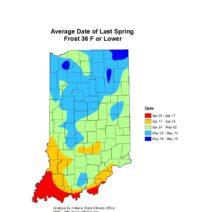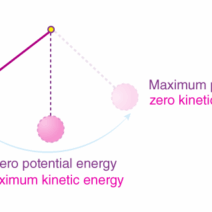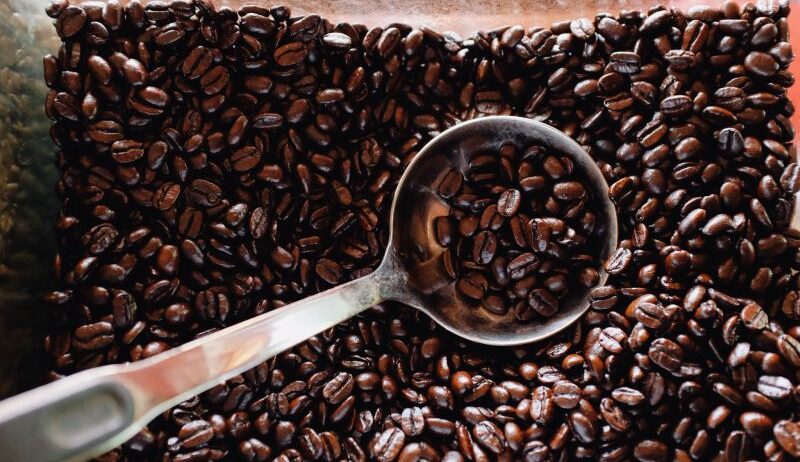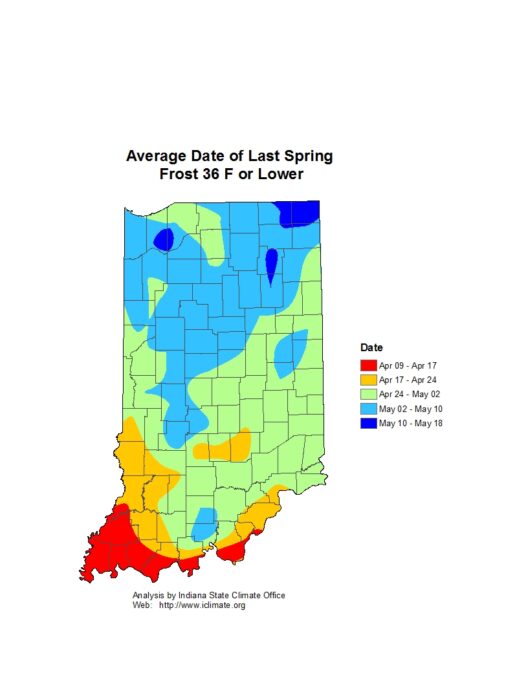Is Your Coffee Getting Pricier? The Climate Change Connection
For millions worldwide, the day begins with the invigorating aroma of freshly brewed coffee. For many, it’s not just a beverage; it’s a ritual steeped in culture and personal preference. However, beneath this cherished routine lurks a pressing concern: climate change is increasingly impacting coffee prices and quality. Understanding this intricate relationship unveils the hidden costs of our morning cup and provokes critical questions about sustainability and environmental stewardship.
The Coffee Plant: A Delicate Balancing Act
Coffea arabica and Coffea canephora (commonly known as Robusta) are the two primary species cultivated for commercial coffee. These plants thrive in specific climatic conditions, typically requiring a delicate balance of temperature, moisture, and altitude. Arabica, for instance, flourishes at high elevations where cooler temperatures prevail. However, climate change disrupts these ecological conditions, inducing a cascade of challenges that threaten coffee cultivation.
Rising temperatures pose a fundamental threat. Studies reveal that for every 1°C increase in temperature, suitable coffee-growing regions may diminish significantly. This not only affects the geographical zones where coffee can be successfully cultivated but also alters blooming cycles, flowering, and bean maturation processes. In this precarious dance with climate, coffee farmers face an uphill battle.
Shifting Geographies: Where Will Coffee Grow?
As the climate warms, traditional coffee-growing regions, long optimized for the best yields, are becoming less viable. Reputable coffee-producing nations like Brazil, Colombia, and Vietnam are grappling with increased incidence of droughts and fluctuating rainfall patterns. These changes not only threaten the crops themselves but also impact the farmers’ livelihoods. With less coffee available, prices are destined to soar.
Interestingly, the coffee belt—the region that spans the globe between the Tropics of Cancer and Capricorn—is shifting. Farmers are now forced to look for new soil to farm or adapt techniques to suit the changing climate. However, experimentation is fraught with unpredictability; not every region is suitable, and the quality of beans can dramatically vary based on the environment in which they’re grown.
Pests and Diseases: The Unseen Enemy
As if rising temperatures were not enough, coffee plants are increasingly vulnerable to pests and diseases exacerbated by climate change. Warmer climates are nurturing the perfect breeding grounds for the coffee borer beetle, a notorious pest that can devastate crops. Research indicates that climatic shifts are expanding the beetle’s habitat into previously unaffected areas, leading to burgeoning infestations that harm yields.
Diseases like coffee leaf rust—an insidious fungus—are spreading more rapidly with changing weather patterns, further impacting the viability of coffee plants. As these pestilential adversaries gain ground, farmers face surging costs for pesticides and other management strategies, the financial burden of which is ultimately transferred to consumers.
Market Reactions: The Economic Ripple Effect
The interplay between climate change, crop viability, and market dynamics cannot be overlooked. Coffee is a global commodity; thus, its prices are affected not only by local conditions but also by international market trends. Reduced supply results in increased prices as demand remains relatively consistent. The price spikes we observe in coffee shops and grocery stores are not merely a phenomenon of inflation; they often reflect real consequences of climate-induced scarcity.
Moreover, speculators in commodities markets can exacerbate price volatility. When weather reports indicate poor conditions in major coffee-producing countries, traders react, and prices can fluctuate wildly. This unpredictability can deter casual consumers and larger institutions alike, leaving them to grapple with the rising cost of their favorite brew.
Moving Towards Sustainability: A Dual Responsibility
In light of these challenges, the call for sustainability has never been more poignant. Coffee production threatens our planet’s health when it employs sprawling monoculture farming techniques that deplete ecosystems. The urgent need to transition towards more sustainable practices, such as agroforestry, has gained traction. These methods promote biodiversity and carbon sequestration, creating a more balanced ecosystem to combat the adverse effects of climate change.
Consumer choices also play a crucial role. Opting for sustainably sourced coffee can stimulate a market shift and encourage ethical practices among producers. Certifications like Fair Trade and Rainforest Alliance challenge consumers to consider the broader implications of their purchasing power. Each cup of coffee consumed carries the collective responsibility to support farmers who adhere to sustainable cultivation methods.
Conclusion: A Wake-Up Call for Coffee Lovers
As you indulge in your favorite caffeinated delight, it is imperative to reflect on the multifaceted consequences of climate change intertwined with your daily ritual. Rising prices are not just a result of market dynamics but a tangible indicator of environmental upheaval impacting the very essence of coffee cultivation. Acknowledging this connection may well transform the way you view your next cup. By becoming informed consumers, we can advocate for sustainable practices that safeguard both our cherished coffee and the planet. The choice lies within each of us, and the stakes are undeniably high. Will your next sip be just a moment of pleasure, or will it contribute to a broader movement toward environmental resilience? The answer, ultimately, depends on our collective awareness and action.






